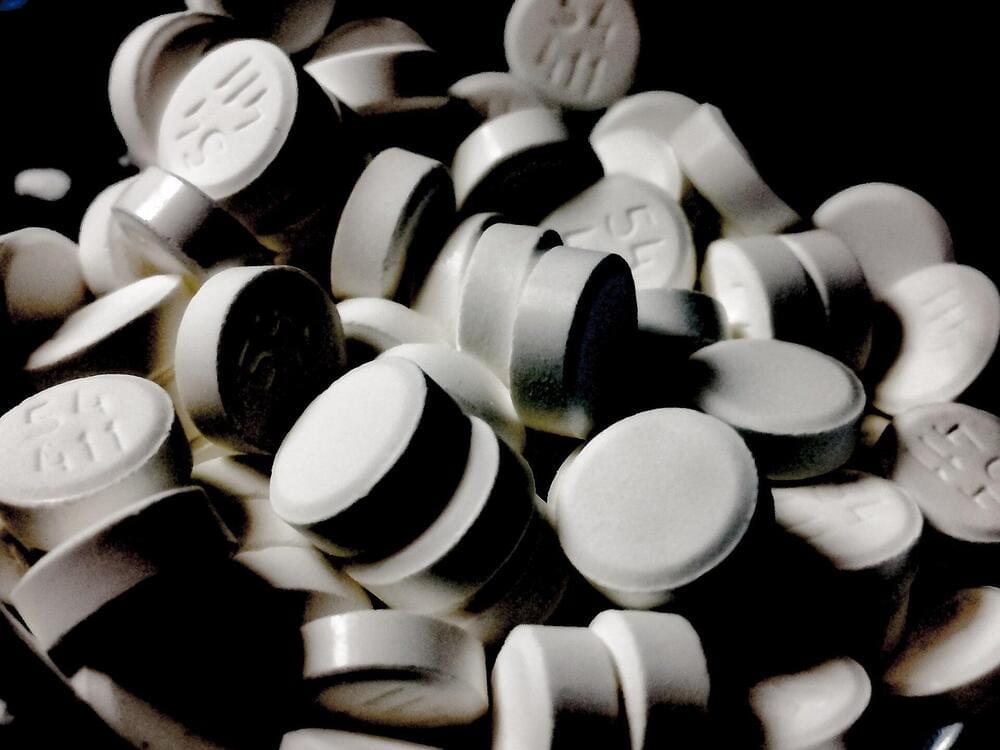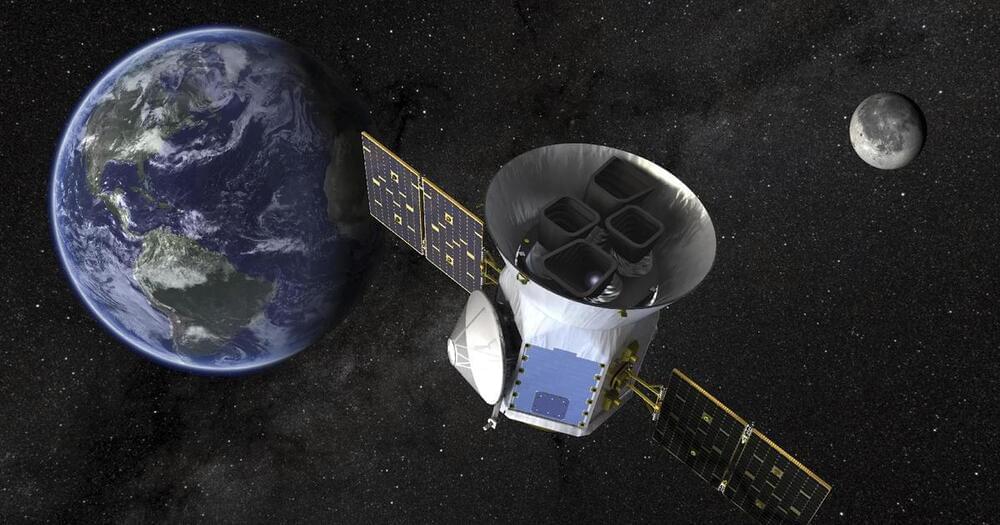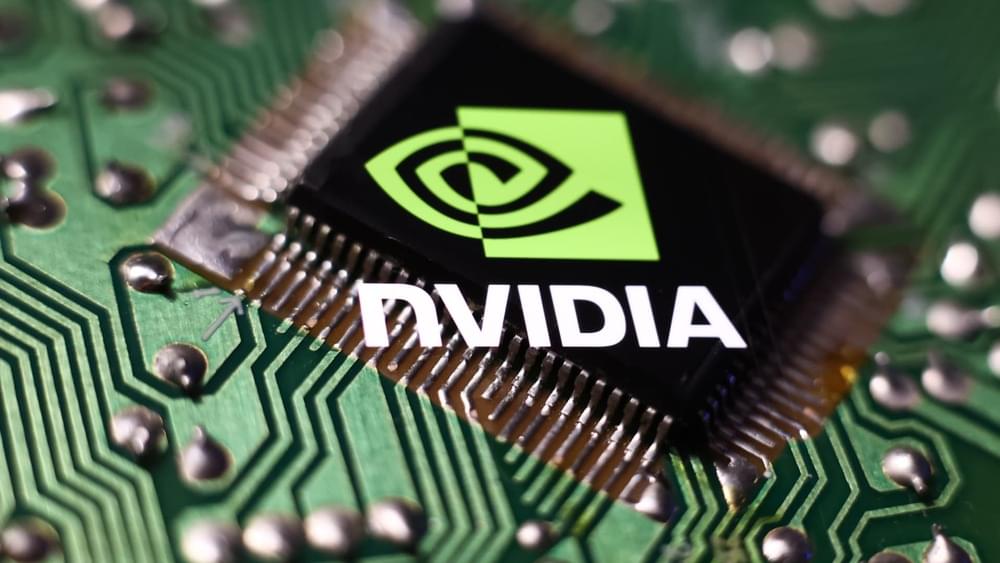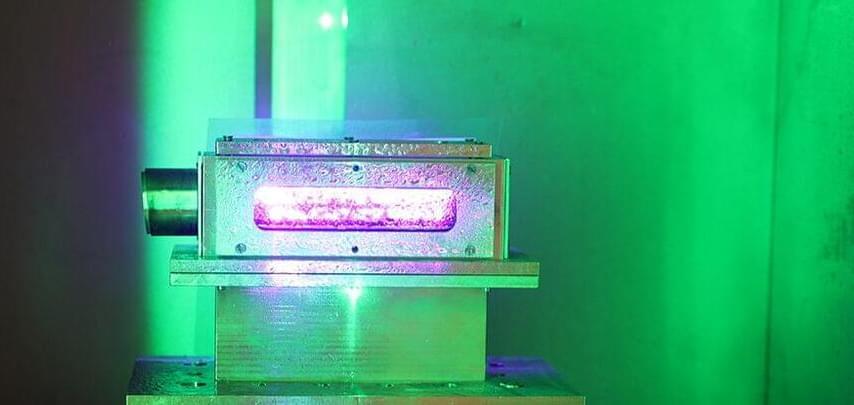Researchers simulated what would happen if a rogue star were to come within 100 astronomical units of the Sun.



A cancer diagnosis can greatly disrupt treatment with methadone, a medication used to treat patients with opioid use disorder, according to a perspective piece published in the New England Journal of Medicine by University of Pittsburgh researchers.
Through the lens of a specific patient treated with methadone for many years and later diagnosed with head and neck cancer, the authors discuss how segregating methadone distribution from general medical care is problematic and emphasize the need to integrate opioid use disorder treatment and improve patient access.
Before his cancer diagnosis, the patient was afforded a 28-day supply of take-home methadone doses, which he self-administered and, per clinic and federal regulations, returned to the clinic every 28 days for monitoring and refills.

Astronomers have discovered a rare in-sync solar system with six planets moving like a grand cosmic orchestra, untouched by outside forces since their birth billions of years ago.
The find, announced Wednesday, can help explain how solar systems across the Milky Way galaxy came to be. This one is 100 light-years away in the constellation Coma Berenices. A light-year is 5.8 trillion miles. A pair of planet-hunting satellites — NASA’s Tess and the European Space Agency’s Cheops — teamed up for the observations that discovered the solar system.
Derrick Pitts, the chief astronomer at Philadelphia’s Franklin Institute, told CBS News that the planets are a rare example of how researchers “think solar systems are born.”

The hypertension drug rilmenidine has been shown to slow down aging in worms, an effect that in humans could hypothetically help us live longer and keep us healthier in our latter years.
Previous research has shown rilmenidine mimics the effects of caloric restriction on a cellular level. Reducing available energy while maintaining nutrition within the body has been shown to extend lifespans in several animal models.
Whether this translates to human biology, or is a potential risk to our health, is a topic of ongoing debate. Finding ways to achieve the same benefits without the costs of extreme calorie cutting could lead to new ways to improve health in old age.

About 15% or $2.7 billion of Nvidia’s revenue for the quarter ended October came from Singapore, a U.S. Securities and Exchange Commission filing showed. Revenue coming from Singapore in the third quarter jumped 404.1% from the $562 million in revenue recorded in the same period a year ago. This outpaced Nvidia’s overall revenue growth of 205.5% from a year ago.
Singapore only trailed behind the U.S. (34.77%,) Taiwan (23.91%) and China including Hong Kong (22.24%) in Nvidia’s third-quarter sales rankings.
“I would highly think it’s due to data centers as Singapore has quite a lot of data centers and cloud service providers,” Maybank Securities analyst Jarick Seet told CNBC.

A ground-breaking new discovery by University of Leeds scientists could transform the way astronomers understand some of the biggest and most common stars in the Universe.
Research by PhD student Jonathan Dodd and Professor René Oudmaijer, from the University’s School of Physics and Astronomy, points to intriguing new evidence that massive Be stars — until now mainly thought to exist in double stars — could in fact be “triples.”
The remarkable discovery could revolutionise our understanding of the objects — a subset of B stars — which are considered an important “test bed” for developing theories on how stars evolve more generally.
Given by Dr. Caroline Robertson of the Dartmouth Autism Research Initiative, in the Department of Psychological and Brain Sciences.
Sponsored by: Center for Cognitive Neuroscience at Dartmouth.
Recorded October 18, 2018

A future quantum network may become less of a stretch thanks to researchers at the University of Chicago, Argonne National Laboratory and Cambridge University.
A team of researchers announced a breakthrough in quantum network engineering. By “stretching” thin films of diamond, they created quantum bits that can operate with significantly reduced equipment and expense. The change also makes the bits easier to control.
The researchers hope the findings, published Nov. 29 in Physical Review X, can make future quantum networks more feasible.

Particle accelerators are hugely useful in scientific research, but – like the Large Hadron Collider (LHC) – usually take up vast amounts of room. A remarkable new system developed at the University of Texas in Austin could change this.
In experiments, researchers were able to use their particle accelerator to generate an electron beam with an energy of 10 billion electron volts (10 GeV) in a chamber measuring just 10 centimeters (4 inches).
The complete instrument measures 20 meters (66 feet) from end to end. In comparison, other particle accelerators that can generate 10 GeV beams are some 3 kilometers (almost 2 miles) in length – about 150 times as long.